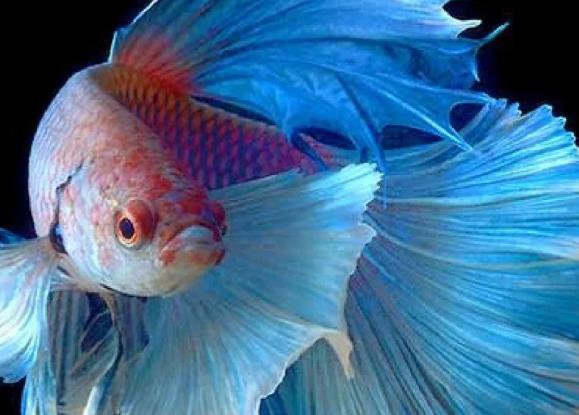Here’s a guide to aquatic plants suitable for betta fish, along with care tips, compiled from research findings:

I. Recommended Aquatic Plant Species
Shade-Loving Plants (Low Light Requirements)
Anubias species: These have robust root systems and thick, decay-resistant leaves. They can be tied to driftwood or rocks, making them ideal for beginners.
Hornwort/Elodea: Fast-growing and excellent at oxygenating water, their soft stems and leaves provide hiding spots for bettas.
Mosses (e.g., Java moss): Soft and safe, they work well as spawning substrates during the breeding season.
Floating Leaf Plants
Duckweed/Water lettuce: These help shade the water and purify it, but their coverage should be kept below 30% to avoid overcrowding.
Bamboo plant (Lagarosiphon): Can be grown floating or planted. It’s hardy and helps stabilize water quality.
Other Practical Varieties
Dwarf sagittaria: Its strong roots help anchor substrate, making it suitable for larger tanks.
Pennywort: Tolerates dirty water and absorbs waste, but needs regular pruning to control growth.
II. Plants to Avoid and Why
Amazon sword/Japanese tassel fern: Their dense foliage reduces oxygen levels by up to 42% and may release excess nitrites (exceeding the safe limit of 0.8mg/L).
Tall or hard-leafed plants: Varieties like certain hornwort mutants can scratch bettas’ delicate fins.
III. Pairing and Care Tips
Ratio Control
Plant density should not exceed 30% of the tank, and floating plants should cover no more than 30% of the water surface to ensure proper water circulation.
Example mix: 30% anubias + 40% dwarf baby tears + 20% hornwort + 10% duckweed.
Water Quality Management
Maintain a water temperature of 24–30°C (use a heater for tropical betta species) and a pH level of 6.5–7.5.
Trim decaying leaves regularly to prevent ammonia spikes (ideally keeping ammonia below 0.2mg/L).
Special Needs
Prioritize floating plants (e.g., water hyacinth) during breeding to aid in spawning.
For still-water environments, choose hardy species and avoid plants with high oxygen demands.
IV. Controversies and Considerations
To plant or not to plant?: Some argue that decaying or overgrown plants can pollute water, so opt for low-maintenance species.
Substrate concerns: If using substrate for planting, pair it with a high-efficiency filtration system to prevent waste buildup.
With proper pairing and maintenance, aquatic plants create a more natural habitat for bettas while enhancing the tank’s visual appeal.
